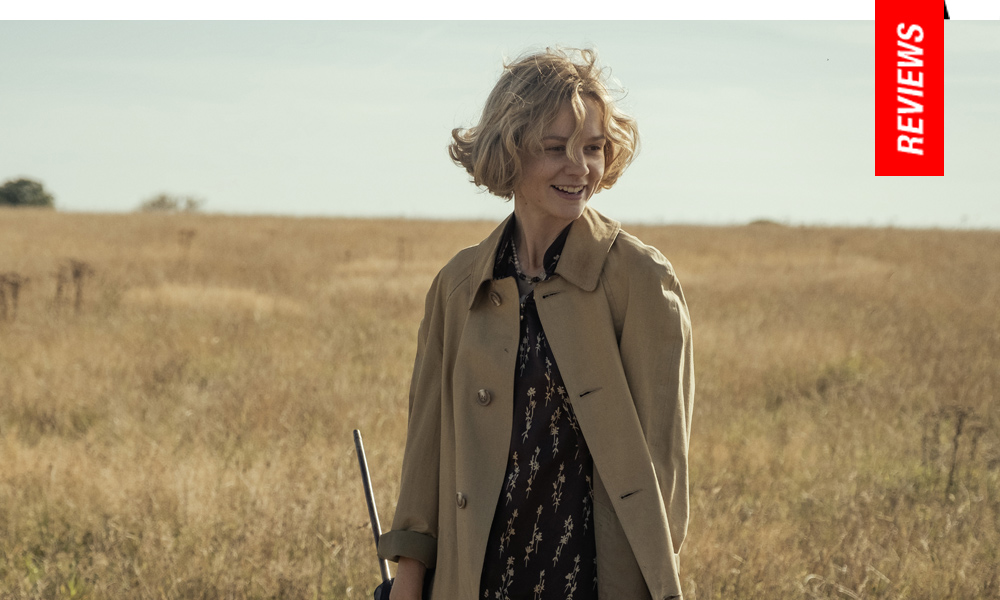Sutton Hoo! Sutton Hay!: Stone Goes Deep in Recuperation of Notable Excavation
Strong performances and an empathetic adapted script from Moira Buffini (Fukunaga’s Jane Eyre, 2011; Frears’ Tamara Drewe, 2010) mines the spirit of discovery in spite of bureaucracy and other various human foibles always threatening to compromise and overshadow important milestones.
Edith Pretty (Carey Mulligan) is a single mother and landowner in 1938 Suffolk, England when she decides to hire someone to excavate the giant mounds of earth on her property, feeling there are artifacts and relics sitting beneath them. Utilizing the skills of Basil Brown (Ralph Fiennes), who works for the local Ipswich Museum but is considered beneath the archaeologists housed there, he eventually unearths an Anglo-Saxon ship predating the Vikings. The discovery attracts national attention, and a team of experts led by snooty archaeologist Charles Phillips (Ken Scott) attempts to take over the dig, relieving Brown of his duties. Pretty insists on Brown not only remaining on the excavation but receiving credit for discovering it. However, her ill health and the looming specter of war with Germany diverts the rightful legacy of Basil Brown.
A recuperative historical account along the lines of Francis Lee’s Ammonite (2020), which resurrects the legacy of Mary Anning in 1840’s England, or even the Stephen Frears drama Victoria & Abdul (2017), Stone presents a tranquil account of scientific perseverance in the face of the snobbish cultural gatekeepers of the heteropatriarchy. Much is made of Basil Brown as an excavator rather than archaeologist based on his lack of professional training and the mainstay of The Dig is his rightful credit.
Beyond that, much of this can be viewed as a conjecture of instances surrounding those involved with dig. At the forefront is assertive Edith Pretty, yet another strident performance from Carey Mulligan (who replaced Nicole Kidman), arguably a bit young for the role but succeeds in conveying the spirit of a dying woman intent on doing the right thing born from her own slighted passions. The narrative suggests a thwarted attraction to Fiennes’ Brown, but this is kept at bay mostly thanks to the presence of his supportive wife, May (Monica Dolan, who seems designed to resemble a Tracy Ullmann caricature). Usurping most of this neglected narrative energy is the illicit connection staged between two tangential characters, the forlorn Peggy Piggott and Pretty’s handsome cousin Rory Lomax. Peggy’s only just been recently married to the (obviously gay) scientist Stuart (a dry but effective Ben Chaplin) while Rory’s volunteered with the RAF, so it’s where The Dig really fulfills this wartime romance strand which may be effective but also makes The Dig feel more about 1938/1939 UK than Basil Brown, Edith Pretty, and their struggle to pull the remains of a historically important ruin from the earth.
Shot by Mike Eley (My Cousin Rachel, 2017; The White Crow, 2018), The Dig is a handsome period production which feels successful thanks to a sterling cast and a well-calibrated script. Following Stone’s first feature, The Daughter (2015), an ambitious adaptation of Ibsen’s The Wild Duck, it’s an interesting move into arguably more standard but lavishly produced territory.
★★★/☆☆☆☆☆
